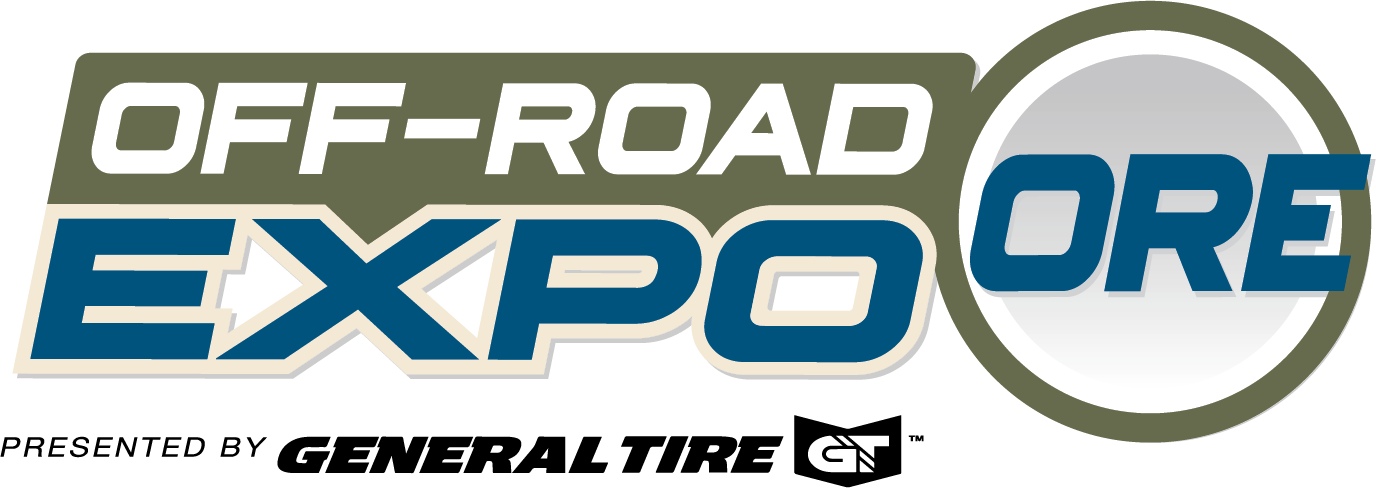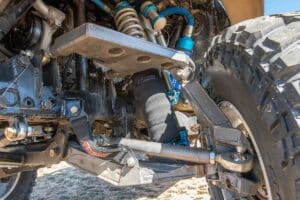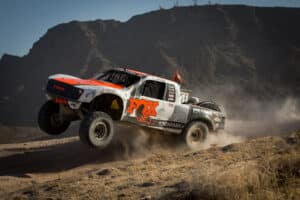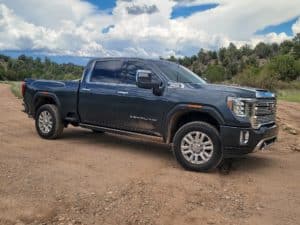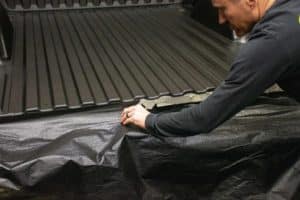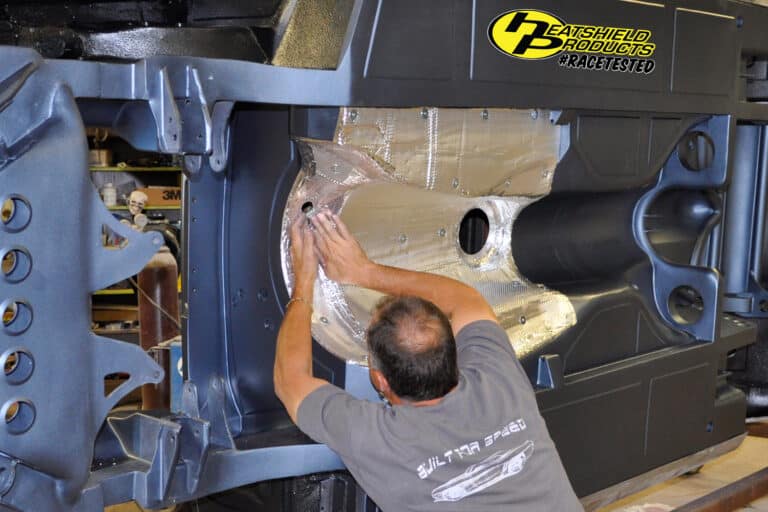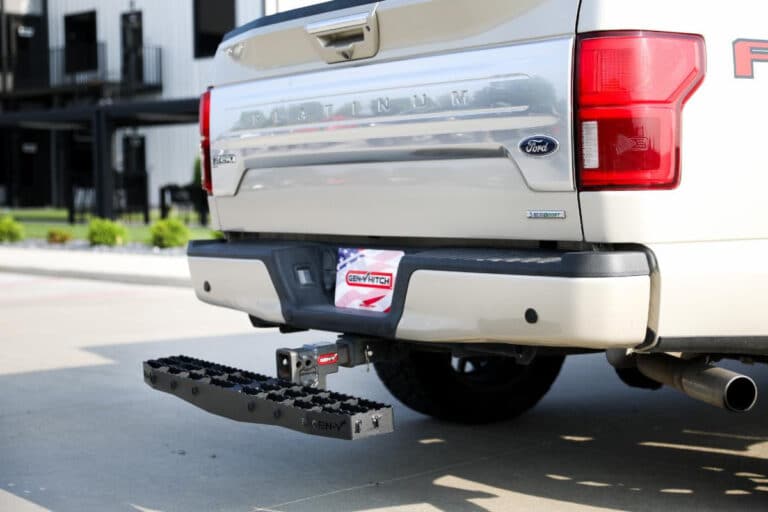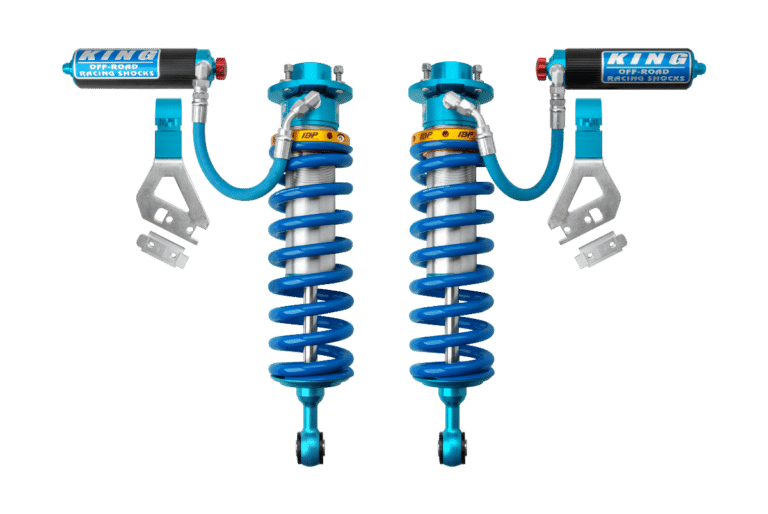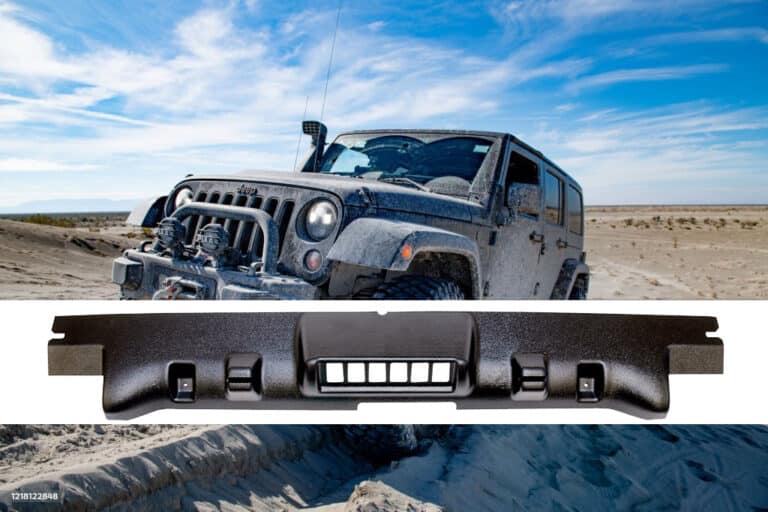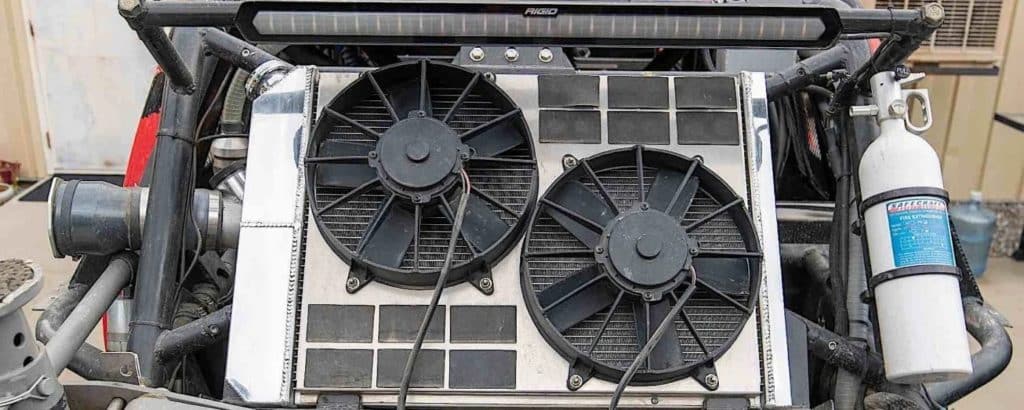
The desert is one of the hottest places on earth, and staying cool can be difficult. This sponsored Class 2000 race truck competes in the desert and looked to Champion Cooling Systems for help.
The no. 2013 race truck runs Chevrolet Performance‘s LT376/535 and needs a radiator to keep cool while racing in the Southern California deserts. We had the chance to speak with Michael Harding of Champion Cooling Systems to figure out the best option for the truck.
“Our aluminum radiators are lighter than their copper-brass counterparts and have fully brazed cores with TIG-welded seams for the tanks, using no epoxies in the construction of the radiator,” Harding explained. “The aircraft-grade aluminum will help dissipate heat, and the dual-pass construction provides additional cooling over the single-pass unit.”
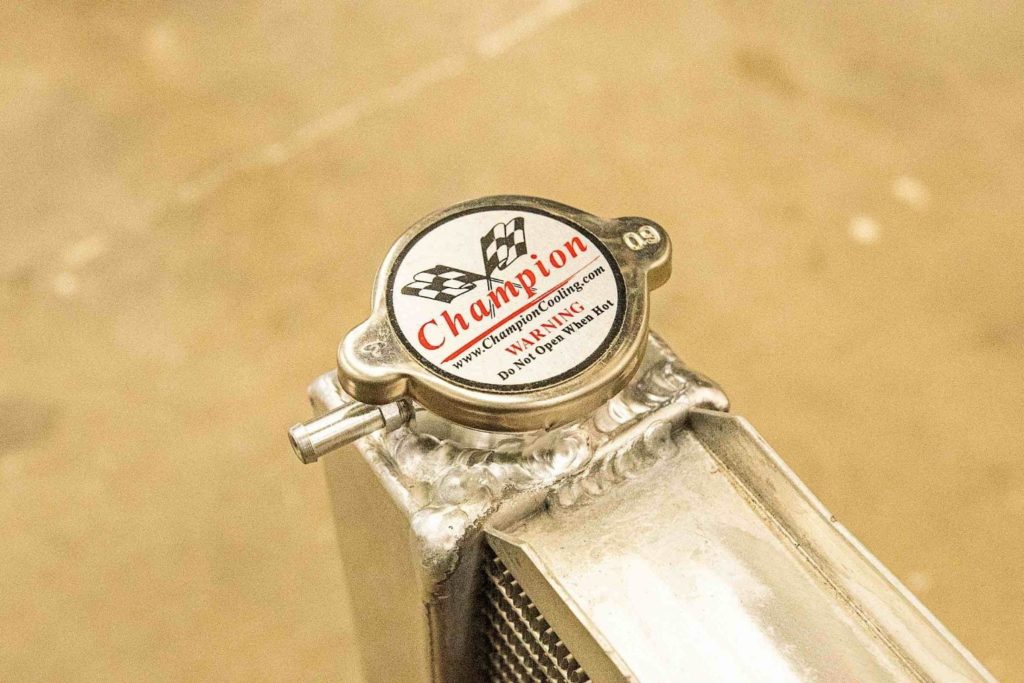
A rear-mounted radiator in off-road racing can have its pros and cons. While it gets the radiator out of the truck’s front, getting air and keeping cool can be an issue with rear-mounted radiators.
CREATING COOL
The truck was set up to have a rear-mounted radiator and was outfitted with a tray where the radiator would sit. The top of the radiator would be held in place with a bracket that would clamp the radiator in place.
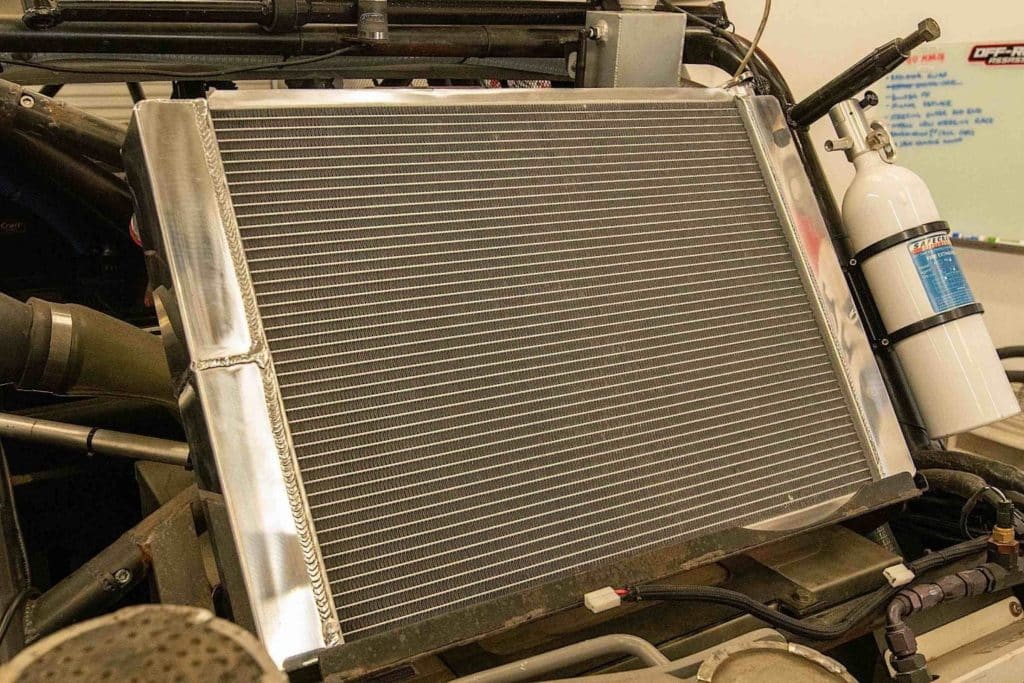
A mix of AN lines and aluminum hard lines under the truck would get the coolant from the radiator to the engine. The cooling system was set up to be simple but efficient, just as the radiator we needed to select.
Instead of doing a custom radiator, we opted to go with one of Champion Cooling Systems’ off-the-shelf radiators (PN CC412DP). We would be able to get the same benefits we were looking for and some.
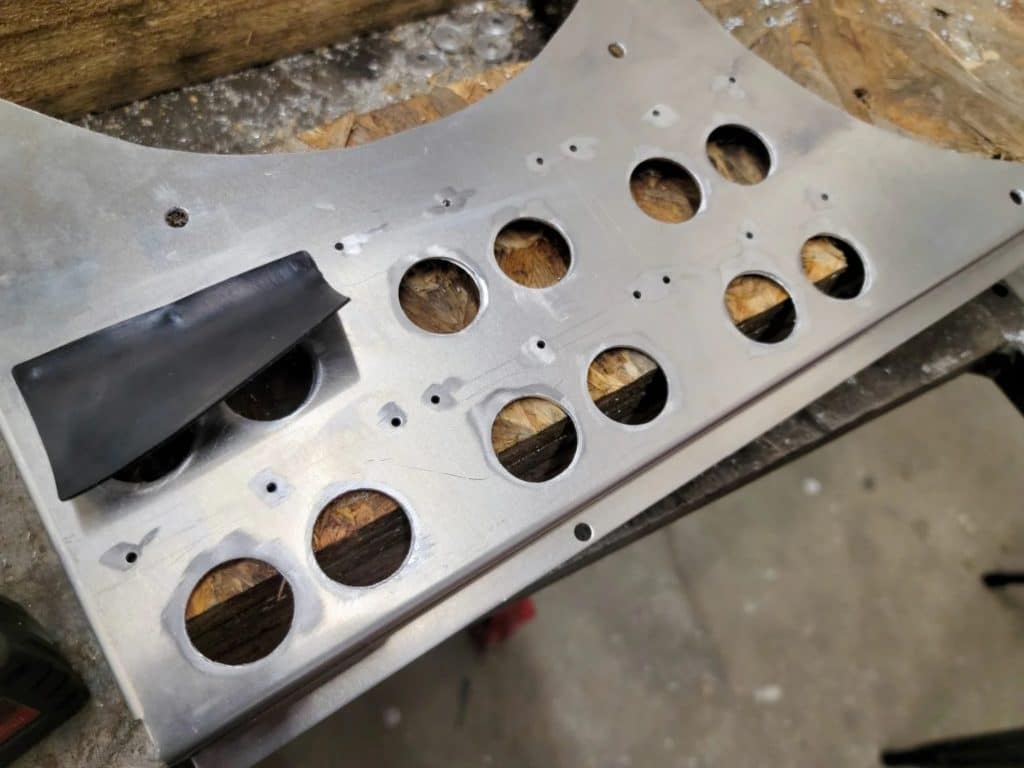
“While we do come across the need for a custom radiator in some applications, the benefit of an off-the-shelf unit, especially in a vehicle used in a motorsports capacity, is that should any damage occur, it is quick and simple to replace it,” Harding said. “Custom fabrication can take several working days to complete and comes with increased costs.”
The radiator came with a fan shroud that fit two 12-inch fans, but we wanted more air to pass through the radiator. To do this, we laid out twelve radiator shroud flaps which we marked and drilled out.
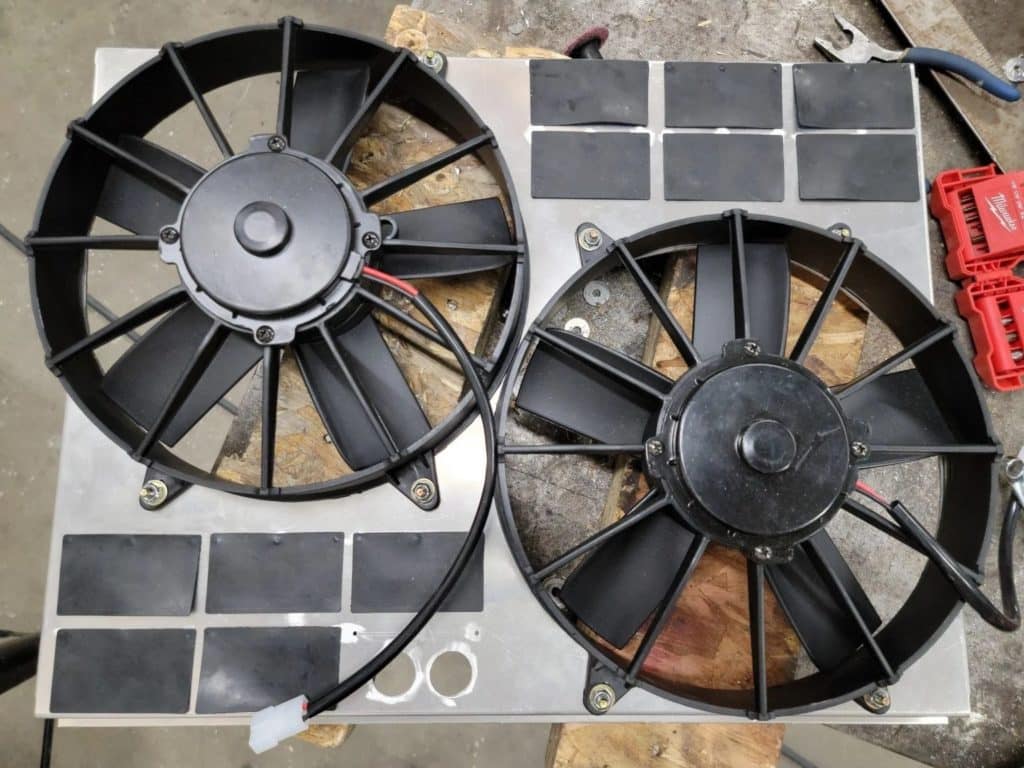
Having the shroud flaps installed allows for more air to pass through the radiator at high speeds. The flaps open at high speed, but the fans can pull air across all the radiator fins at idle or low speeds.
The radiator comes with two 16ORB female ports that can accept a wide range of hose or fitting sizes. We used -20 AN on our cooling system, and we could use the provided adapters to connect our hoses.
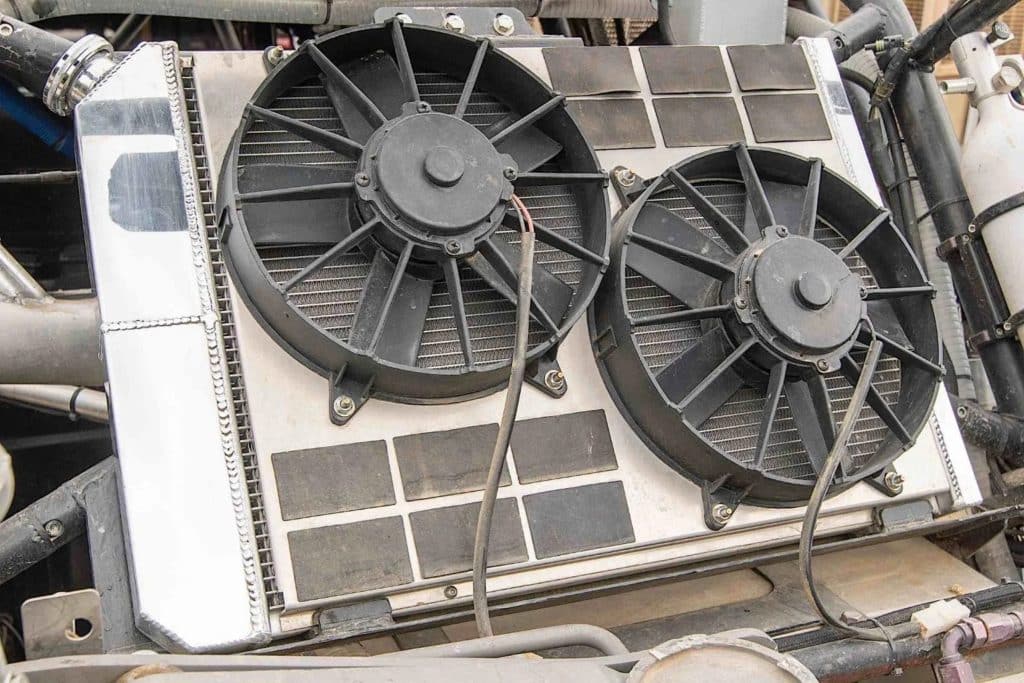
“Our standard off-the-shelf radiators come with an industry-leading limited lifetime warranty against manufacturers’ defects for as long as you own your vehicle,” Harding finished.
Overall we couldn’t be happier with the radiator install and the temperature it keeps the truck at while racing. For more information or to find a radiator for your vehicle, be sure to check out Champion Cooling Systems’ website.
